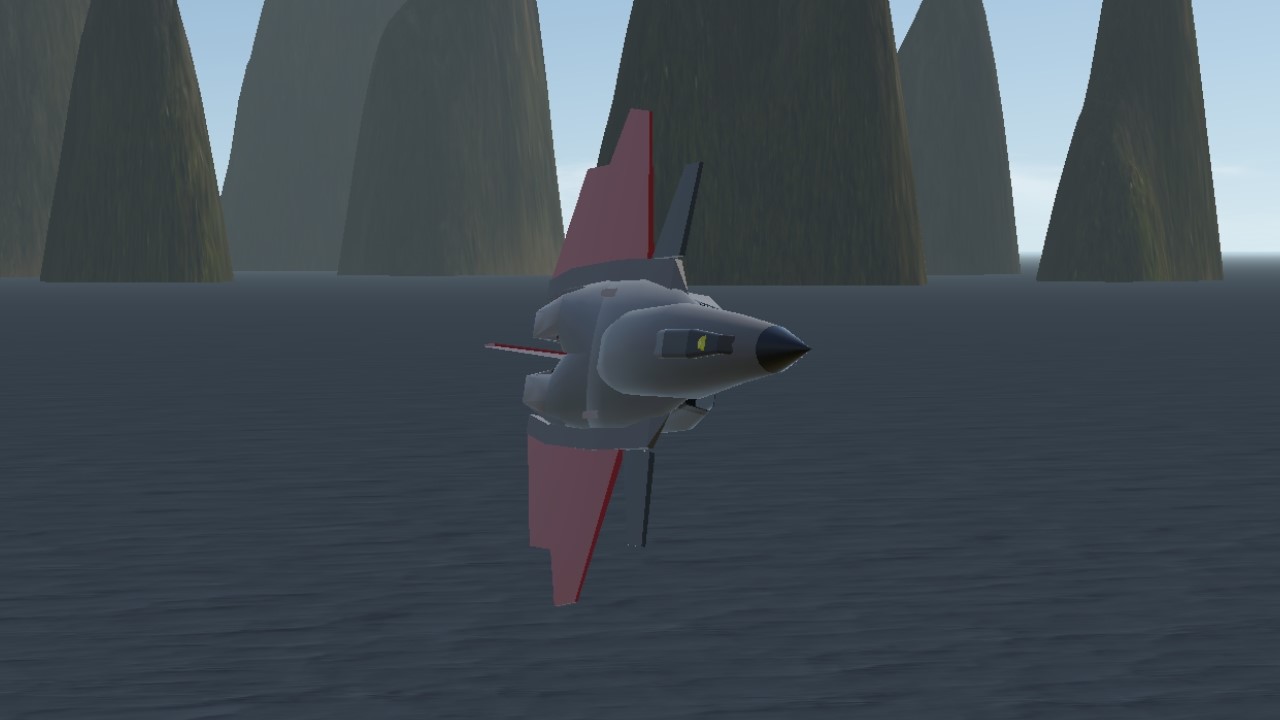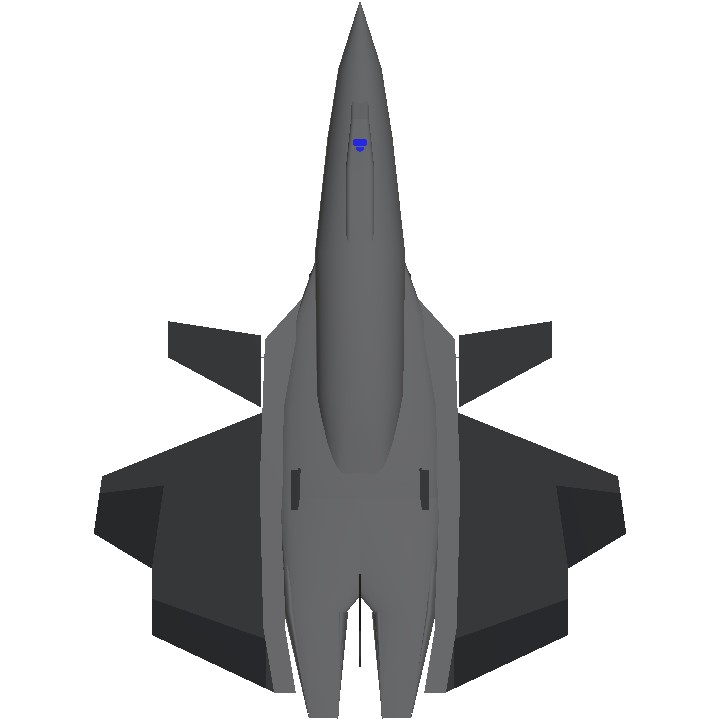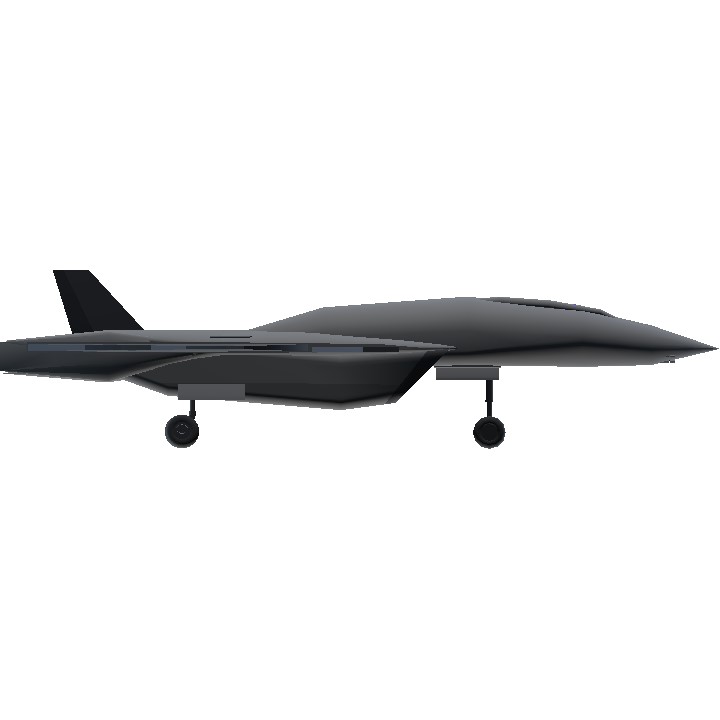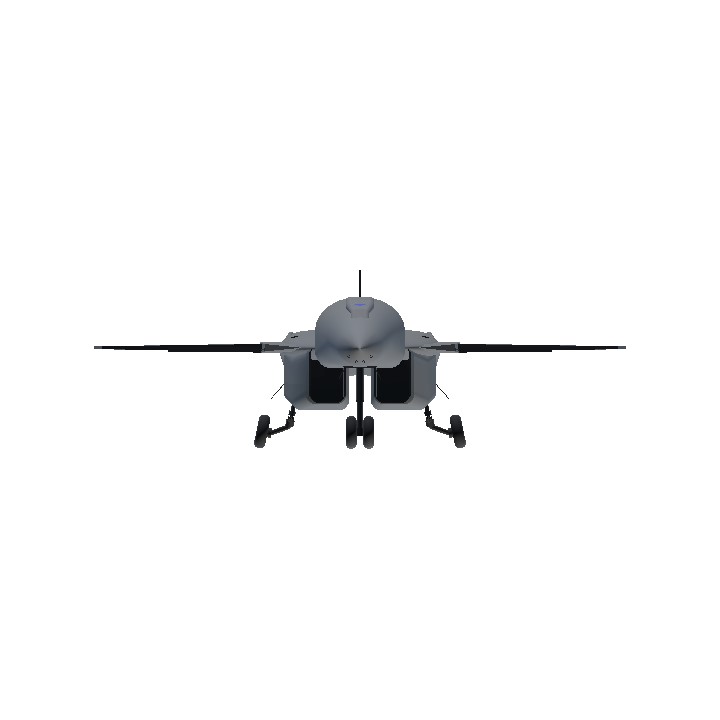The Birth of the HFD-Singa II82: A Tale of the Malaysian Super Aviation Force
Chapter 1: The Catalyst
In the late 1990s, Malaysia found itself at a crossroads. Rapid economic growth had propelled the nation into the global arena, but with prosperity came new challenges. The emergence of regional tensions in the South China Sea, coupled with the threat of terrorism, underscored the necessity for a robust defense system. With existing military assets becoming increasingly outdated, the Malaysian government initiated a bold project: to create a next-generation multi-role aircraft capable of safeguarding its airspace and supporting humanitarian missions.
Chapter 2: The Gathering of Visionaries
The project attracted a diverse array of experts from around the world. Engineers from the Malaysian Aerospace Industry (MAI) mingled with former NASA scientists, military strategists, and aerospace innovators from Europe and North America. Central to this effort was Dr. Aishah Khalid, a visionary aerospace engineer known for her work on stealth technology. Her passion for aviation and dedication to her country garnered respect and admiration from her colleagues.
Dr. Khalid envisioned an aircraft that could perform a variety of roles: air superiority, surveillance, transport, and search-and-rescue. Her vision included cutting-edge stealth capabilities, advanced avionics, and the ability to operate in diverse environments, from dense jungles to urban landscapes. Thus, Project Singa was born.
Chapter 3: Designing the Future
By 2002, the design phase kicked off with extensive research and development. The team embraced a collaborative approach, drawing inspiration from Malaysia’s rich history, culture, and geography. The name "Singa," derived from the Malay word for "lion," symbolized strength and courage. The prototype—dubbed HFD-Singa II82—was designed with a sleek, aerodynamic profile, complete with multi-spectral camouflage technology to blend seamlessly into various environments.
To reduce costs and increase efficiency, MAI entered into strategic partnerships with foreign defense contractors. This included collaboration with an aerospace company based in the United States that specialized in engine systems, enhancing the aircraft's power and speed while maintaining fuel efficiency.
Chapter 4: Trials and Tribulations
However, the journey was not without its obstacles. Initial prototypes faced significant issues. The integration of advanced avionics was more problematic than expected, leading to delays in testing. Meanwhile, political challenges arose as defense budgets tightened, leading to doubts about the project’s future.
Undeterred, Dr. Khalid and her team persevered. They re-associated with local universities to tap into fresh talent and innovative ideas, revitalizing the project. Over the next few years, incremental advancements were made, and finally, the first prototype of the HFD-Singa II82 took to the skies in 2010.
Chapter 5: Overcoming Adversity
The initial test flights were a jubilant occasion. The aircraft exhibited exceptional maneuverability and speed, confirming its effectiveness in both combat scenarios and humanitarian missions. But just as the team celebrated, calamity struck—an unexpected technological failure during a key demonstration forced an emergency landing, drawing media scrutiny and public skepticism.
In the face of adversity, the team rallied together. They worked tirelessly to troubleshoot and resolve the issues, eventually unveiling a revamped prototype in 2014, now equipped with state-of-the-art systems and an enhanced flight control interface. Public confidence was restored when the aircraft successfully completed a series of demanding maneuvers, showcasing its capabilities before an audience of military personnel and government officials.
Chapter 6: Operational Readiness
By 2018, the HFD-Singa II82 had received official approval from the Malaysian government, entering operational service with the Malaysian Super Aviation Force (MSAF). The aircraft became a symbol of national pride, representing not only advanced technology but also the determination and unity of the Malaysian people.
As the years rolled on, the Singa II82 participated in various missions, including humanitarian aid during natural disasters, search-and-rescue operations in remote jungles, and military exercises with allied forces. Its versatility earned it respect on the international stage, transforming Malaysia into a formidable player in regional aviation.
Chapter 7: The Legacy
With the HFD-Singa II82, Malaysia secured its sovereignty and enhanced its role as a peacekeeper in Southeast Asia. Newer variants sprouted from the original design, incorporating advanced technologies such as AI-driven avionics and enhanced drone capabilities.
Today, the story of the HFD-Singa II82 goes beyond its potential in military capabilities; it represents a narrative of resilience, innovation, and national pride forged in the skies. The aircraft stands not just as a tool of defense, but as a beacon of hope and collaboration—reminding future generations of the incredible journey and sacrifices made in pursuit of a brighter, safer future.
Specifications
General Characteristics
- Predecessor [AI PLANE MAKER]
- Created On Android
- Wingspan 60.2ft (18.4m)
- Length 81.8ft (24.9m)
- Height 20.3ft (6.2m)
- Empty Weight N/A
- Loaded Weight 34,544lbs (15,669kg)
Performance
- Power/Weight Ratio 1.951
- Wing Loading 28.3lbs/ft2 (138.4kg/m2)
- Wing Area 1,219.0ft2 (113.3m2)
- Drag Points 3267
Parts
- Number of Parts 75
- Control Surfaces 5
- Performance Cost 569




